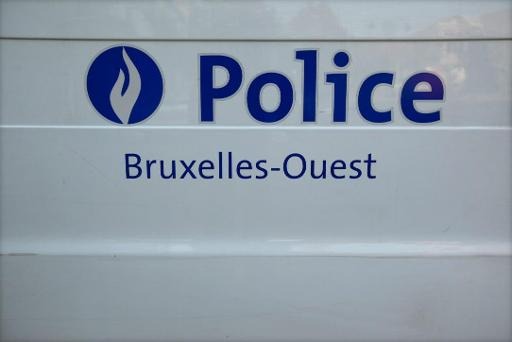There are significant differences in young-adult crime rates between communes recorded in Brussels. It emerges from an article published yesterday (Thursday) in the review Justice et Sécurité (Justice and Security) that this seems to be linked to the socio-economic context of these communes. Molenbeek, Saint-Josse, Anderlecht, Bruxelles-Ville et Koekelberg lead these rankings. At the same time the lowest rates are recorded in Woluwe-Saint-Pierre, Woluwe-Saint-Lambert, Uccle, Watermael-Boitsfort and Auderghem.
The article is based upon an analysis of crime rates recorded by the judicial institution amongst young Brussels inhabitants aged 18 to 25. This involves youngsters reported following a complaint or a police action between the years 2008 and 2012.
There are significant disparities between communes. Thus, in Molenbeek-Saint-Jean, 3,443 youngsters were reported between 2008 and 2012. In this commune, 10.7% of youngsters in this age range came into contact with the courts over the period studied.
The above rate is similar to Saint-Josse-Ten-Noode (10.5%), followed by Anderlecht (3,804 youngsters reported or 10%), Bruxelles-Ville (5,678 youngsters - 9.9%). Finally in this group comes Koekelberg (593 youngsters with the average annual rate of youngsters reported being 8.9%).
These are rates which are up to three times higher than other Brussels communes, such as Auderghem (557 youngsters or 5.6%), Uccle (1,412 – 5.2%), Watermael-Boitsfort (422 or 5.5%), Woluwe-Saint-Lambert (724 - 3.8% per year) and Woluwe-Saint-Pierre (479 or 3.1%).
Charlotte Vanneste, a researcher upon the issue, qualifies, “These figures may appear high, but we should take account of the period studied. More than anything it is an indicator of the position.”
To check the relevance of a cause and effect link between the crime numbers recorded and the socio-economic context in the commune, three indicators were used. These were the rate of unemployment of youngsters under 25, the average income per inhabitant and the share of those in receipt of Social Integration Income (SII).
The proportion of young adults indicated in this study was then subject to these various socio-economic indicators.
The article states, “The results seem to play out as if, within each commune, the amount of young adults stated was directly proportional to the unemployment rates, average incomes, and the proportion of SII recipients seen in the given commune.”
The article elaborates, “The greater the rates of unemployment in a given commune, the greater the number of youngsters appearing before the courts. These figures show a positive correlation between the two factors.”
On the other hand, the research results do not allow us to state, “whether this link stems from...a more significant propensity for crime on the basis of social exclusion within a disadvantaged context, or a greater proactivity on the part of the police...within disadvantaged communes.”
Equally we cannot say from the findings whether communes with more favourable socio-economic conditions evidence more efficient treatment of such youngsters.
We might thus be inadvertently misled into thinking that there would not necessarily be the need for recourse to the justice system in such areas.
The article further states, “It is just as likely that these two types of components interact together.”
The article concludes, however, that the study prompts “a more fundamental reflection as to the means used to take account of the socio-economic component in implementing criminal policy.”
The research cited in the article was produced at the request of the Brussels Observatory for Prevention and Security.
The Brussels Times

